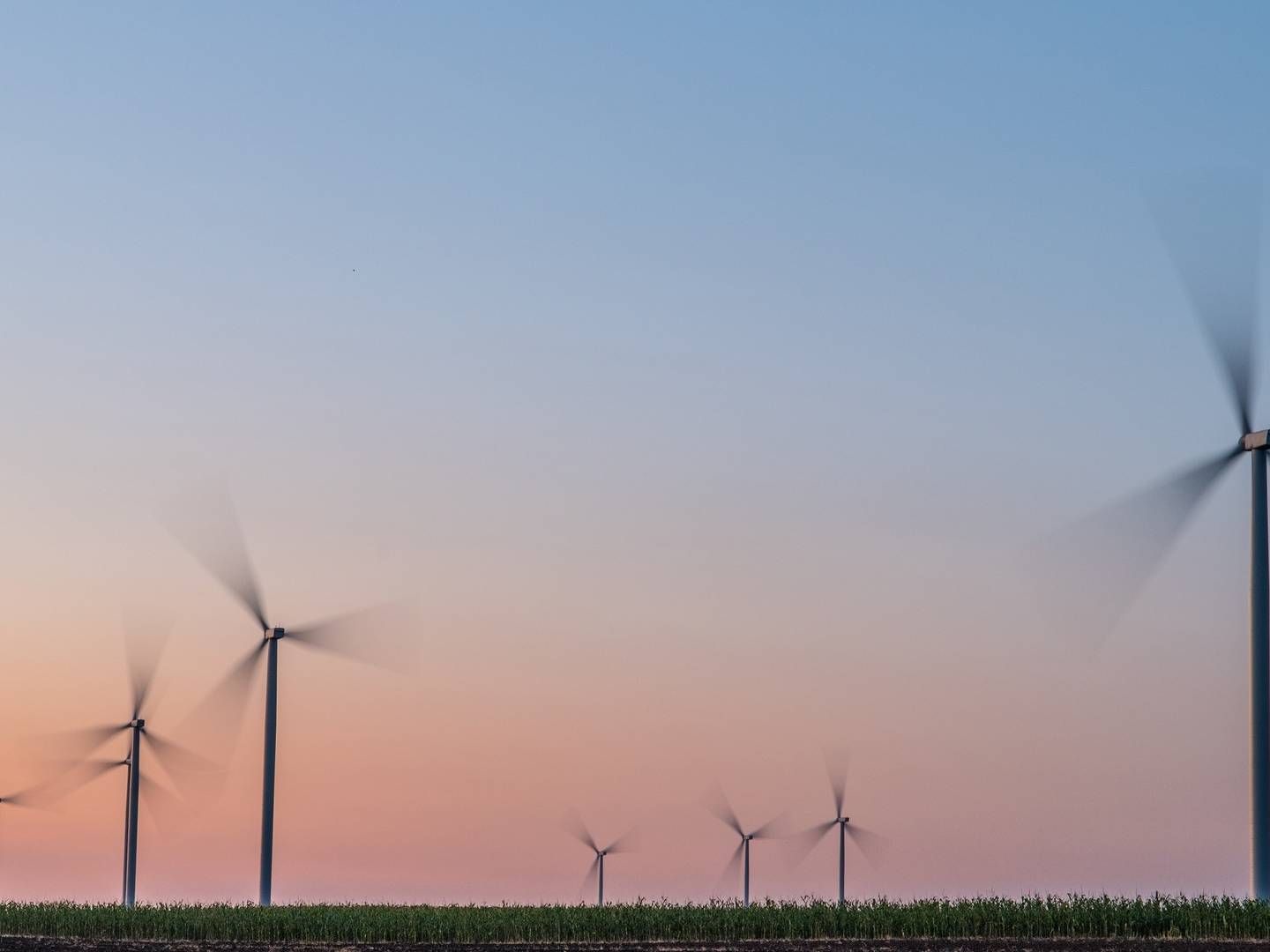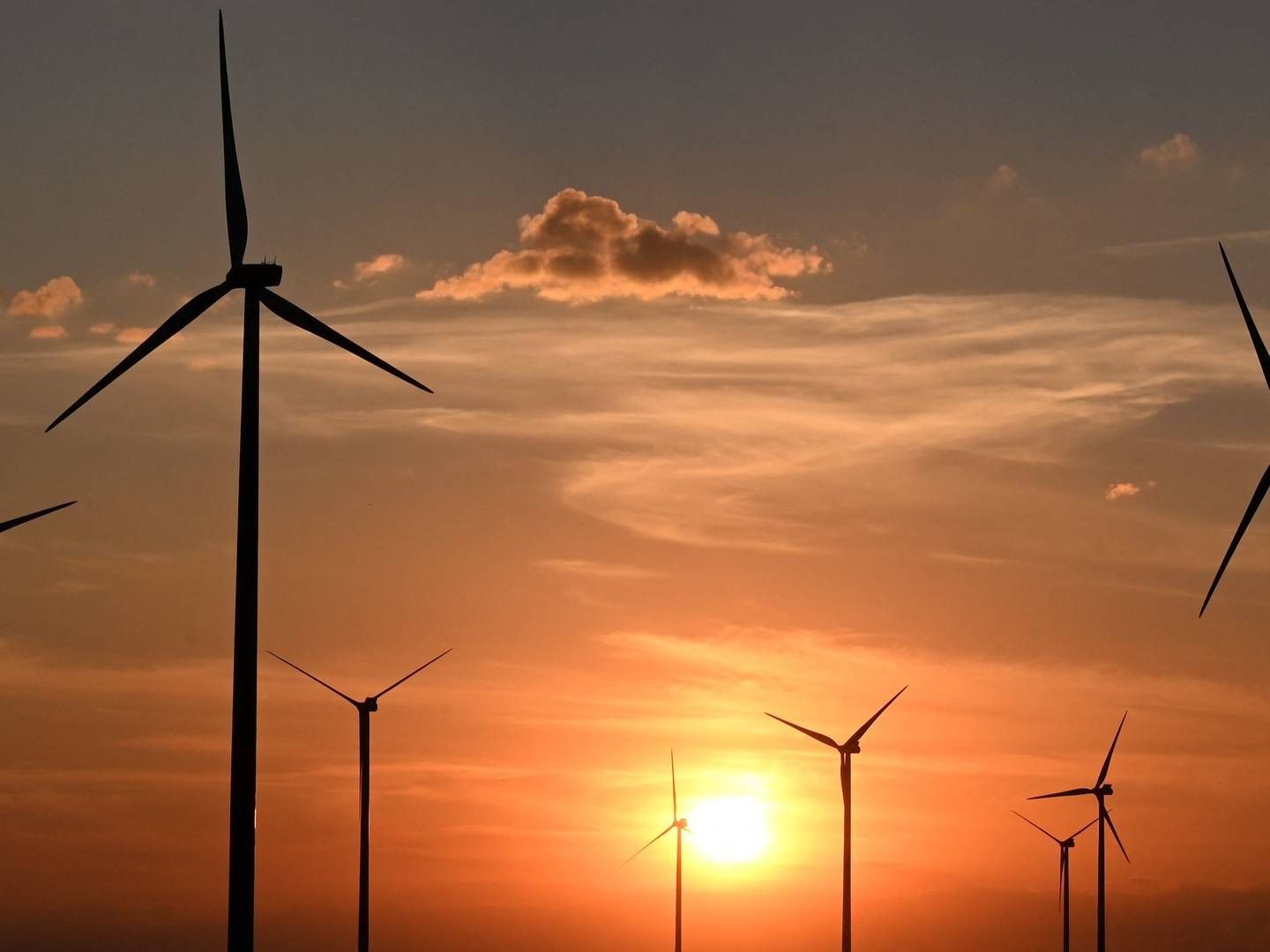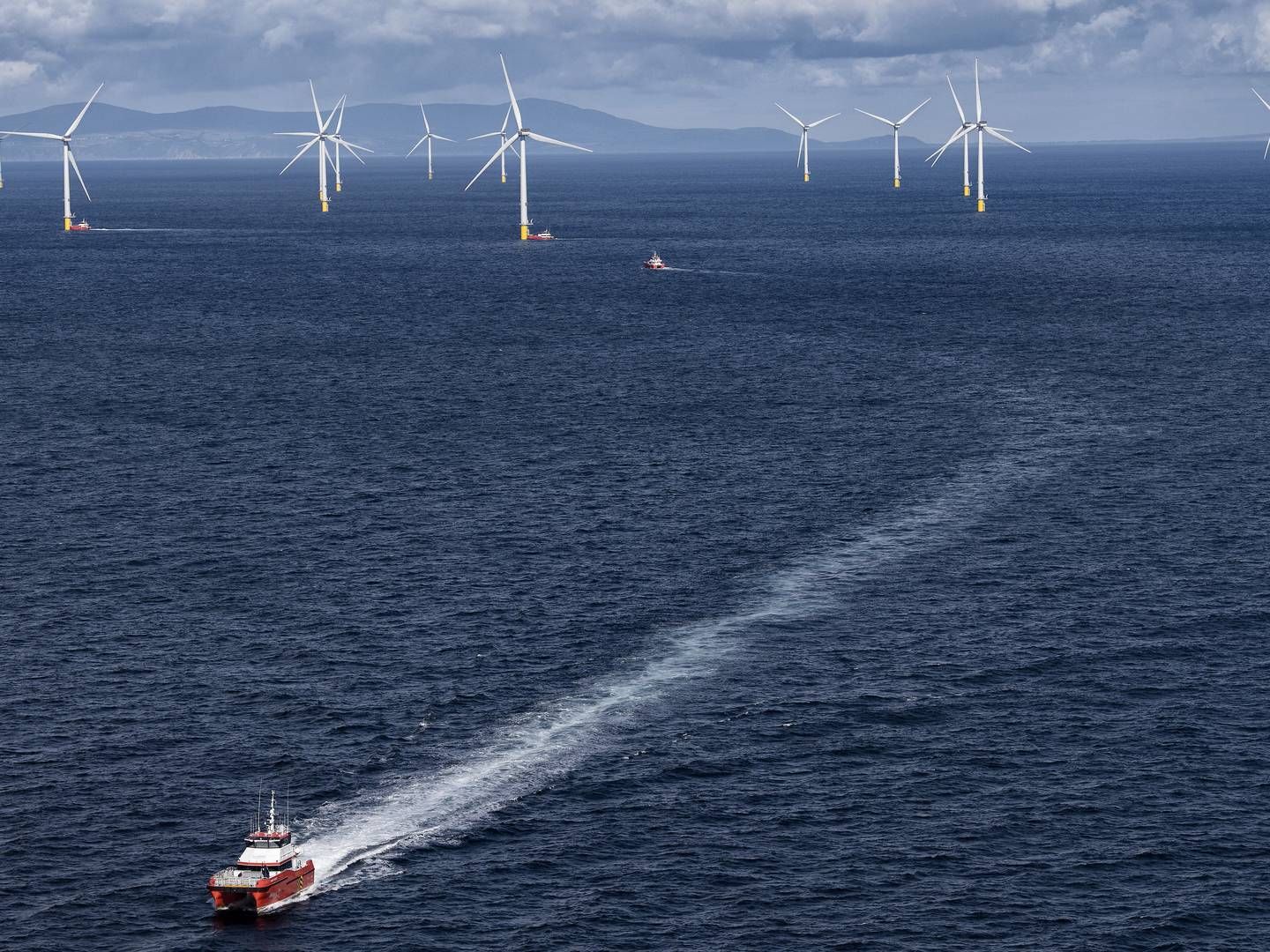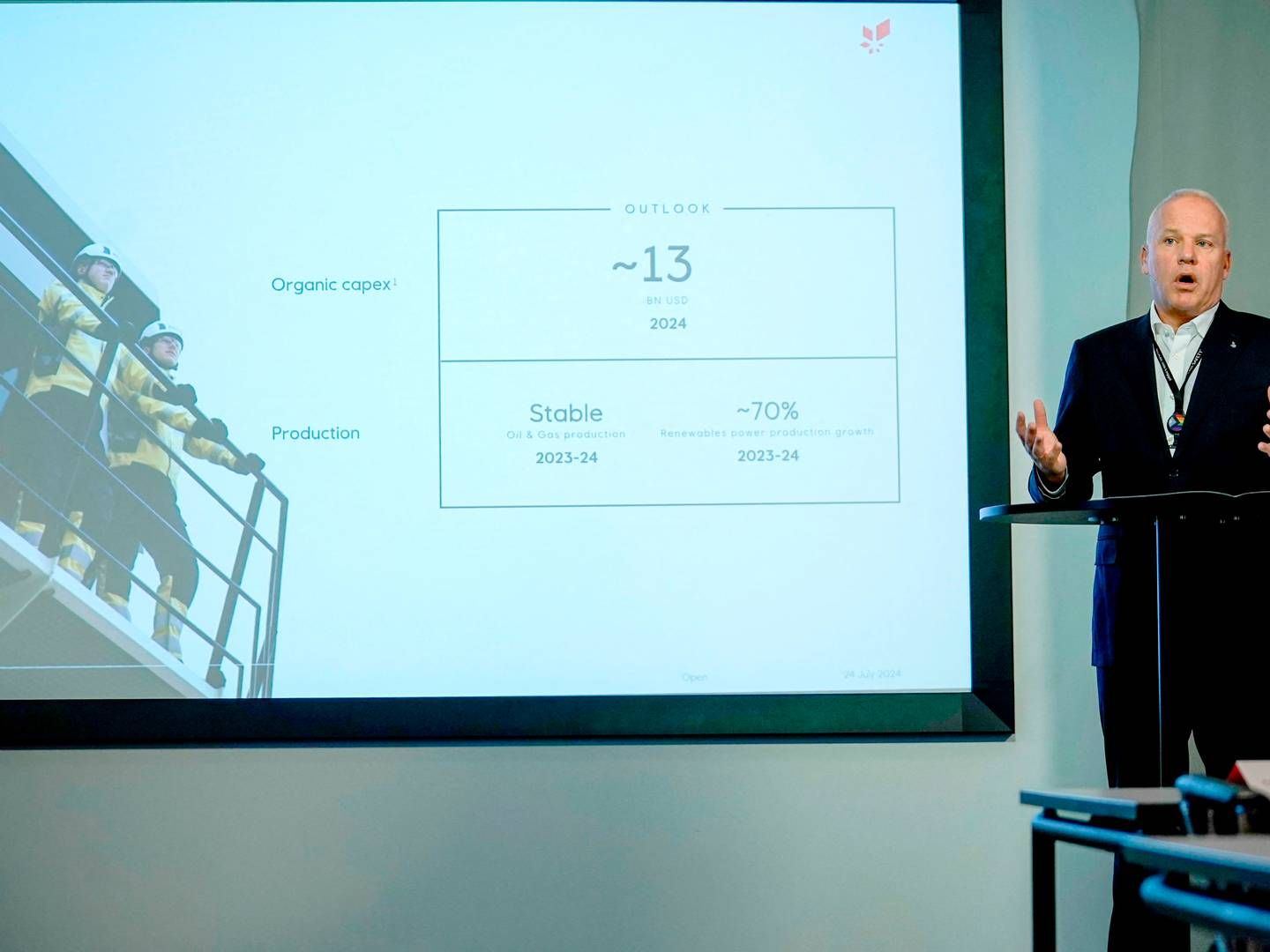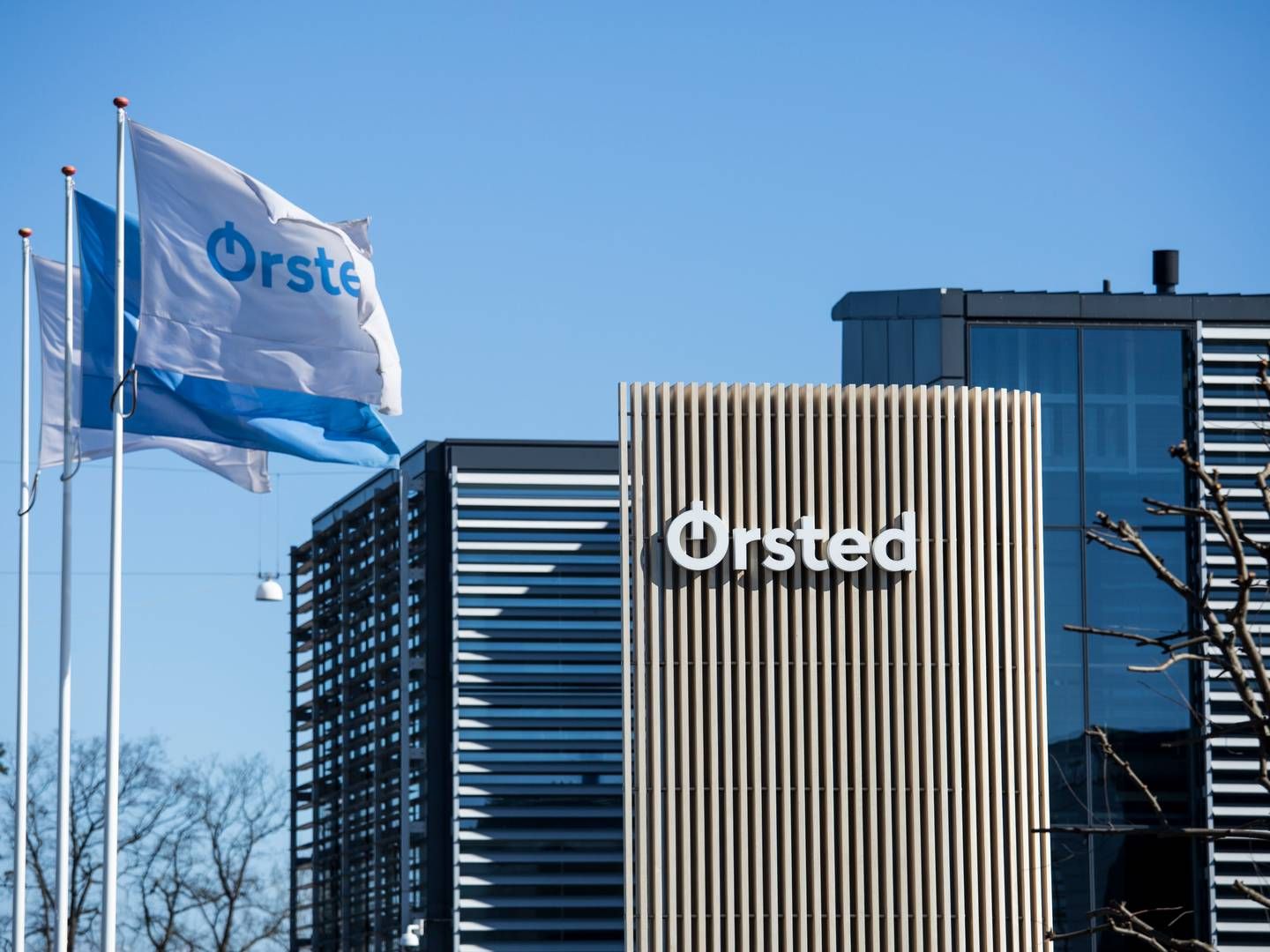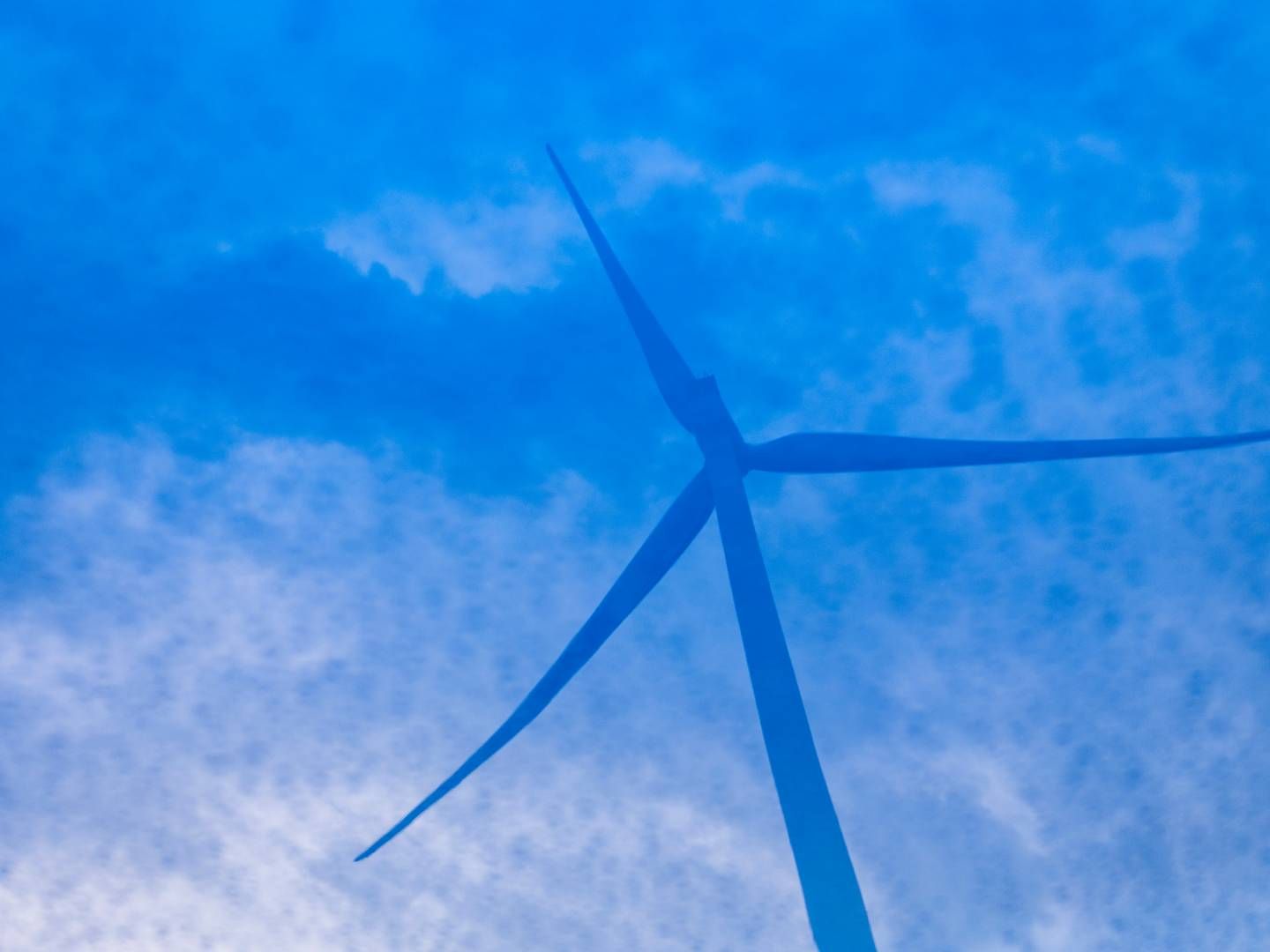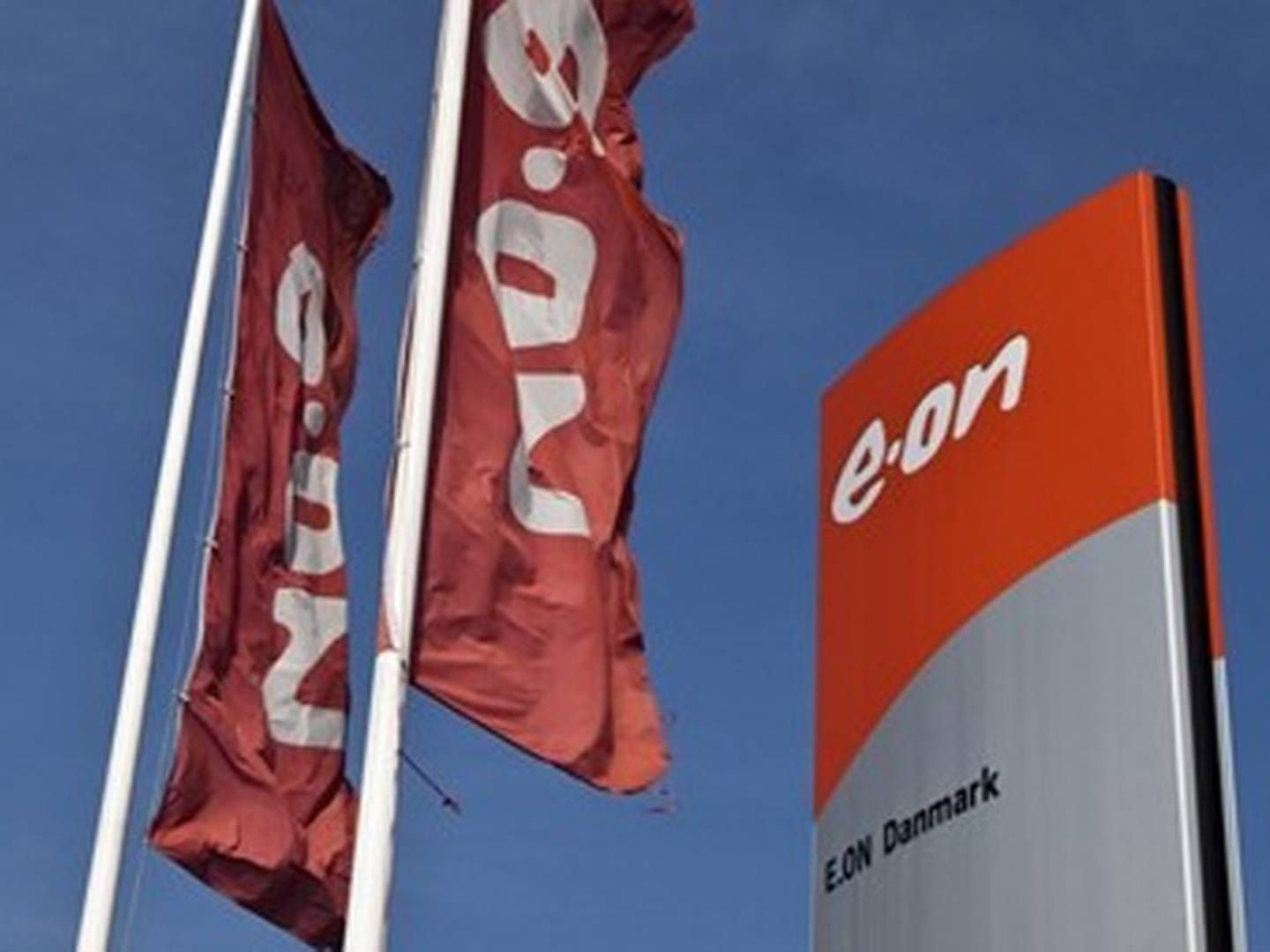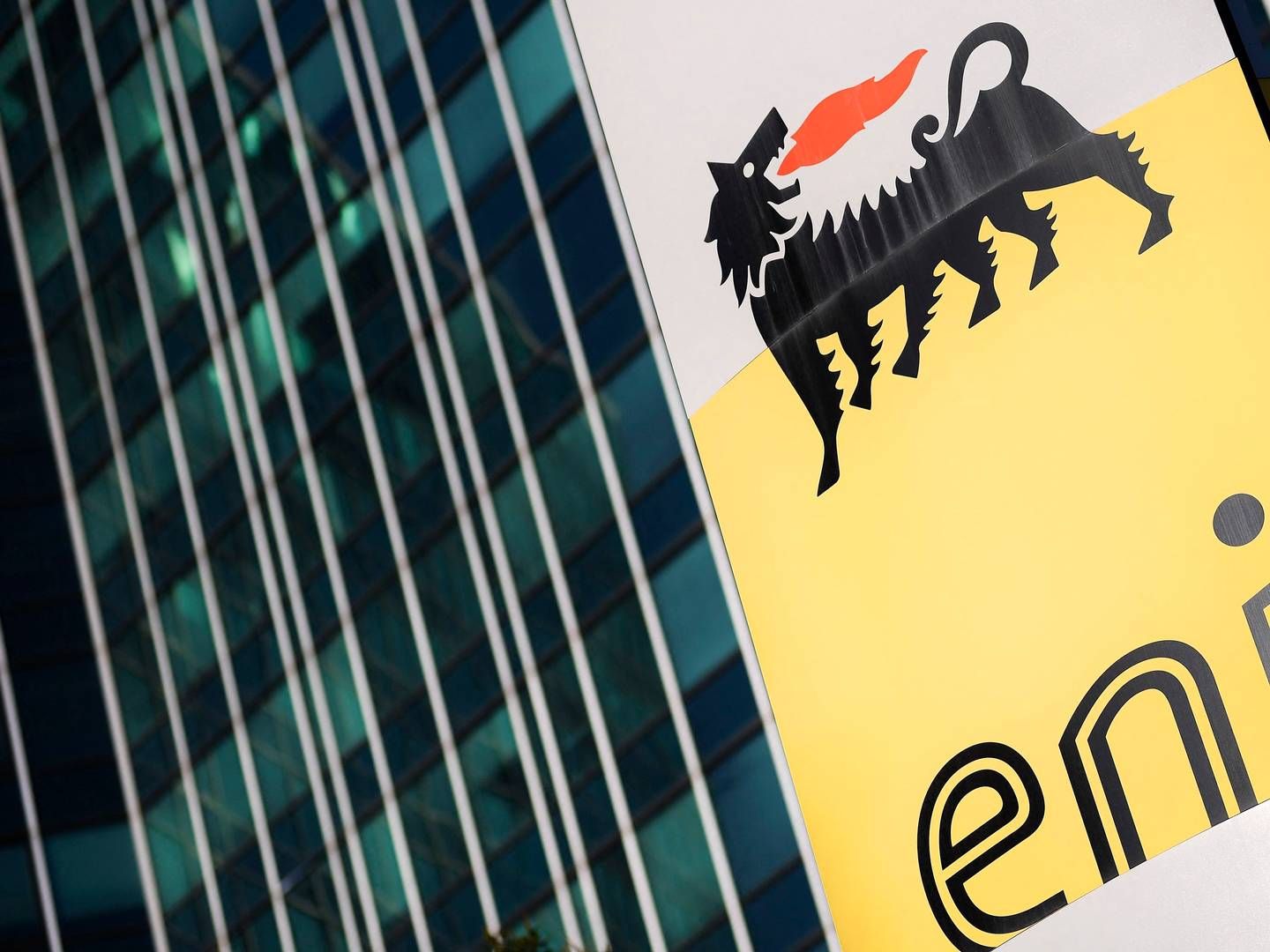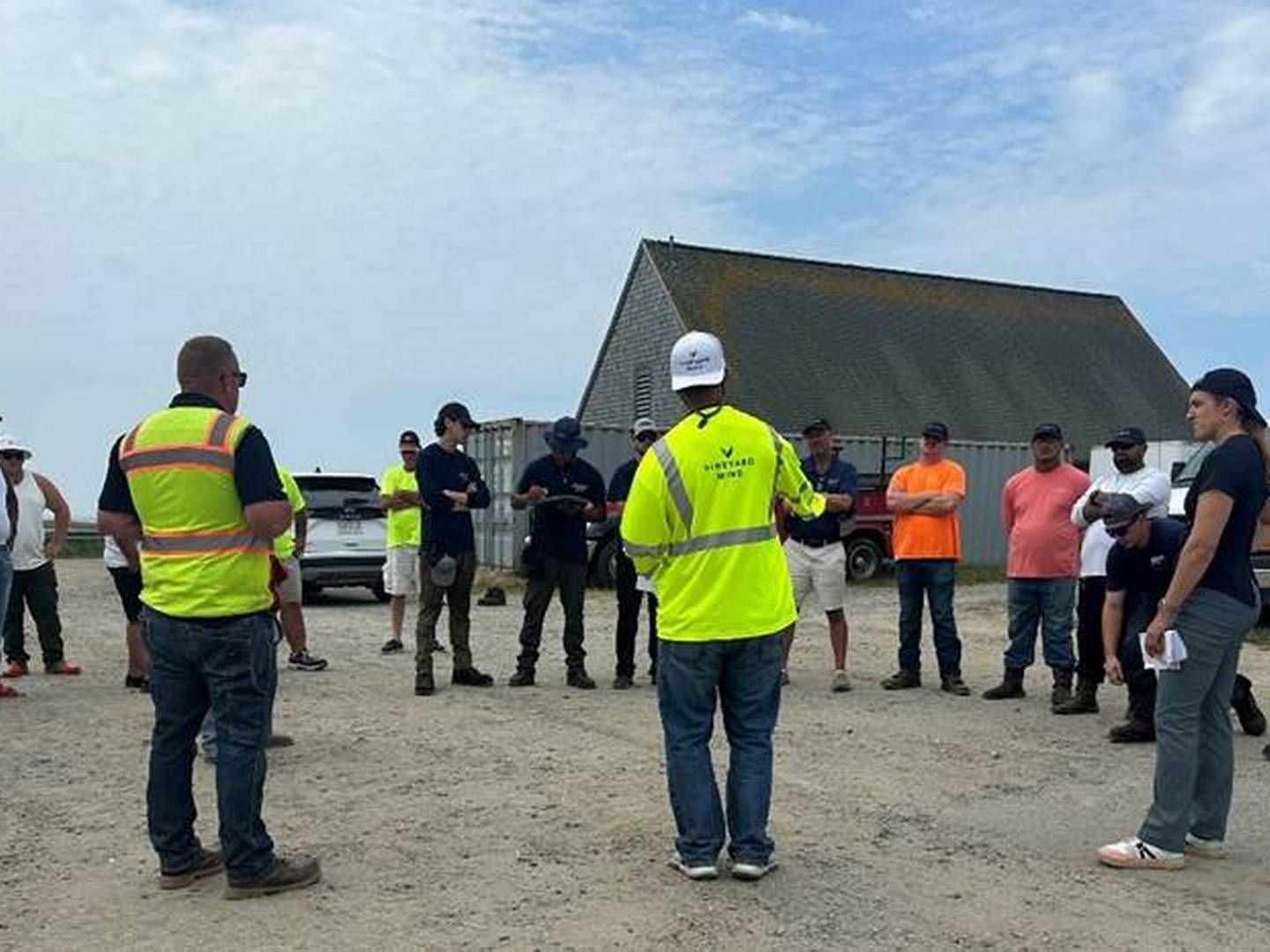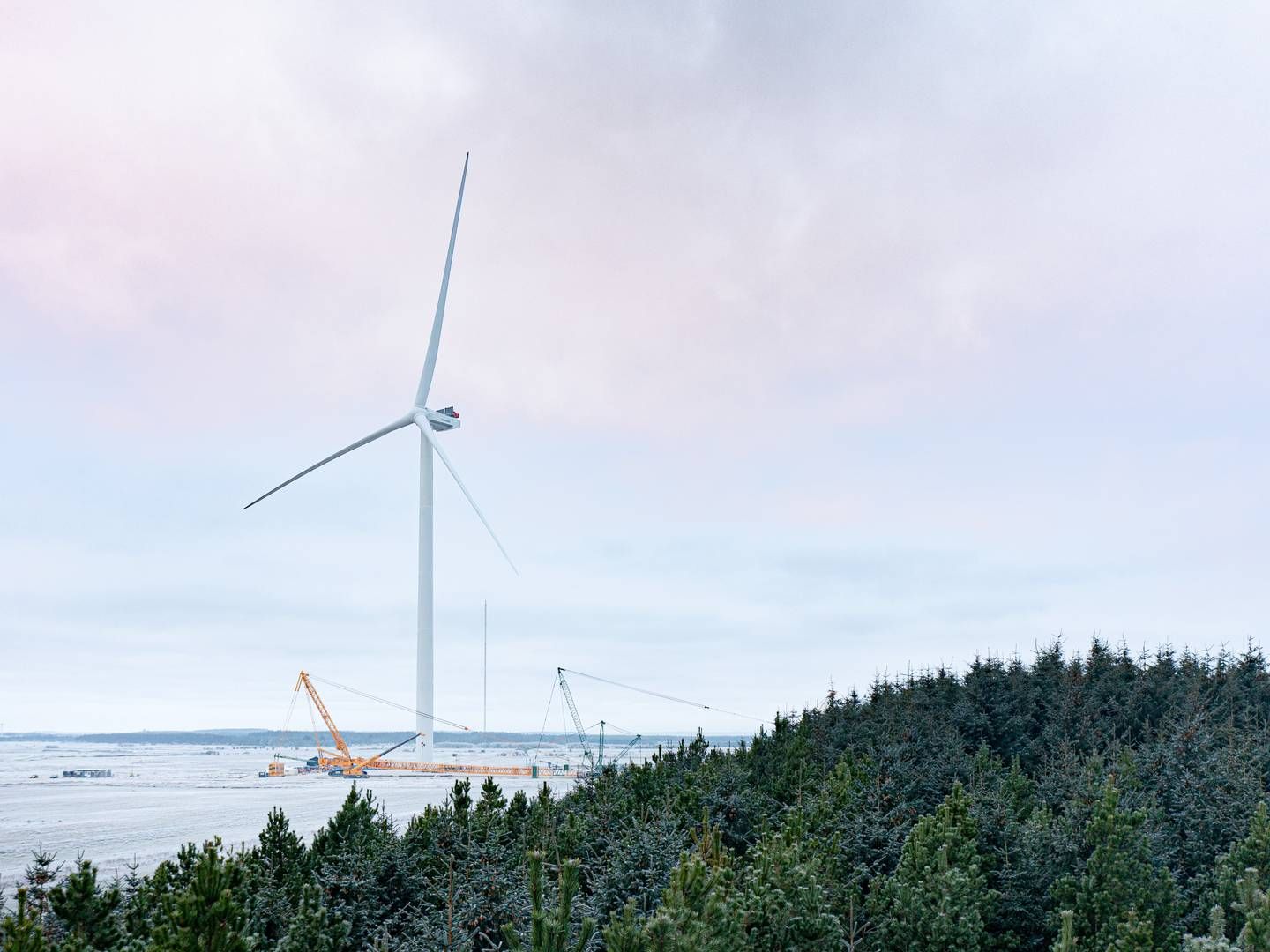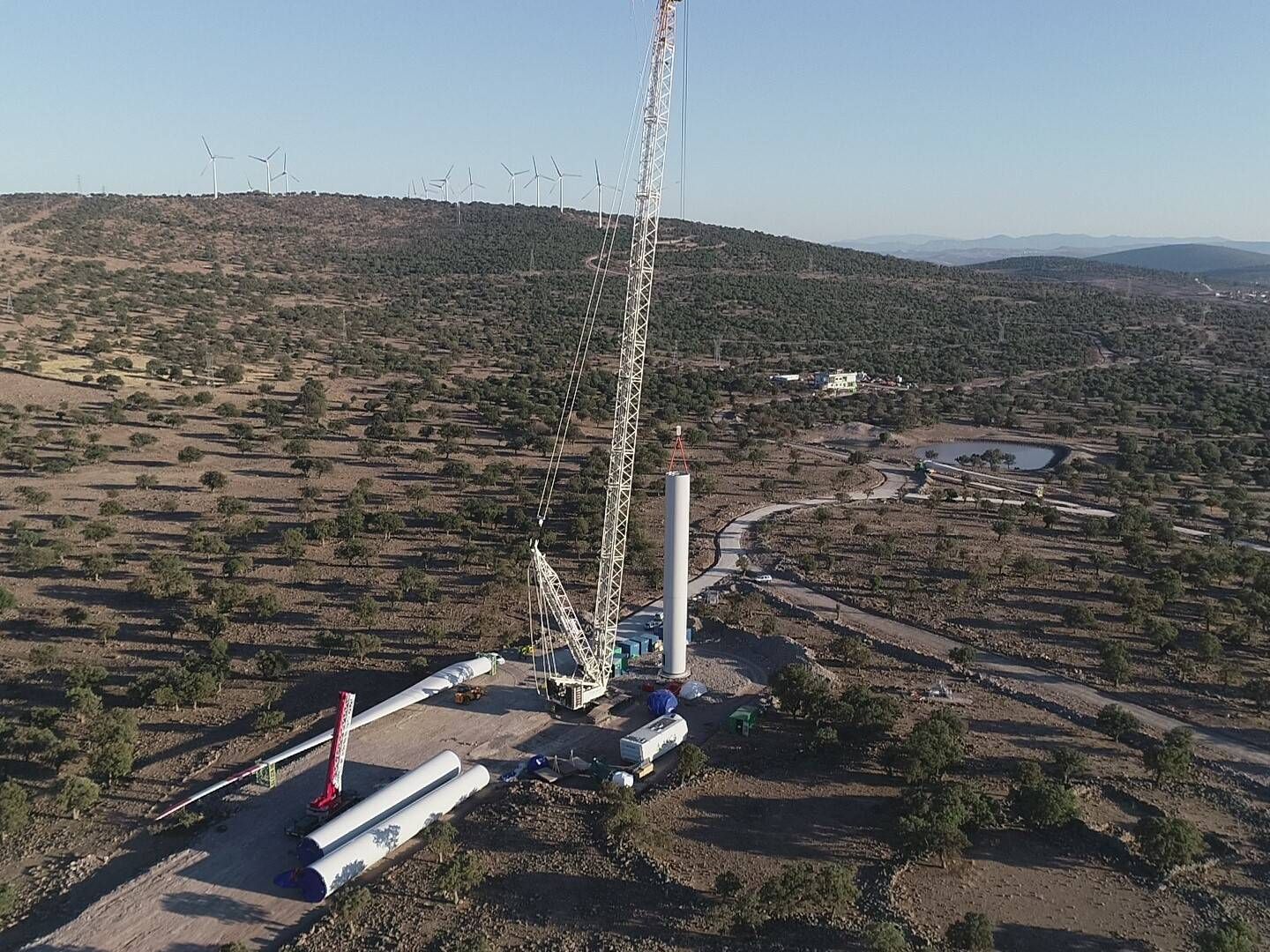GWEC: Offshore wind will be new driver of US wind power growth
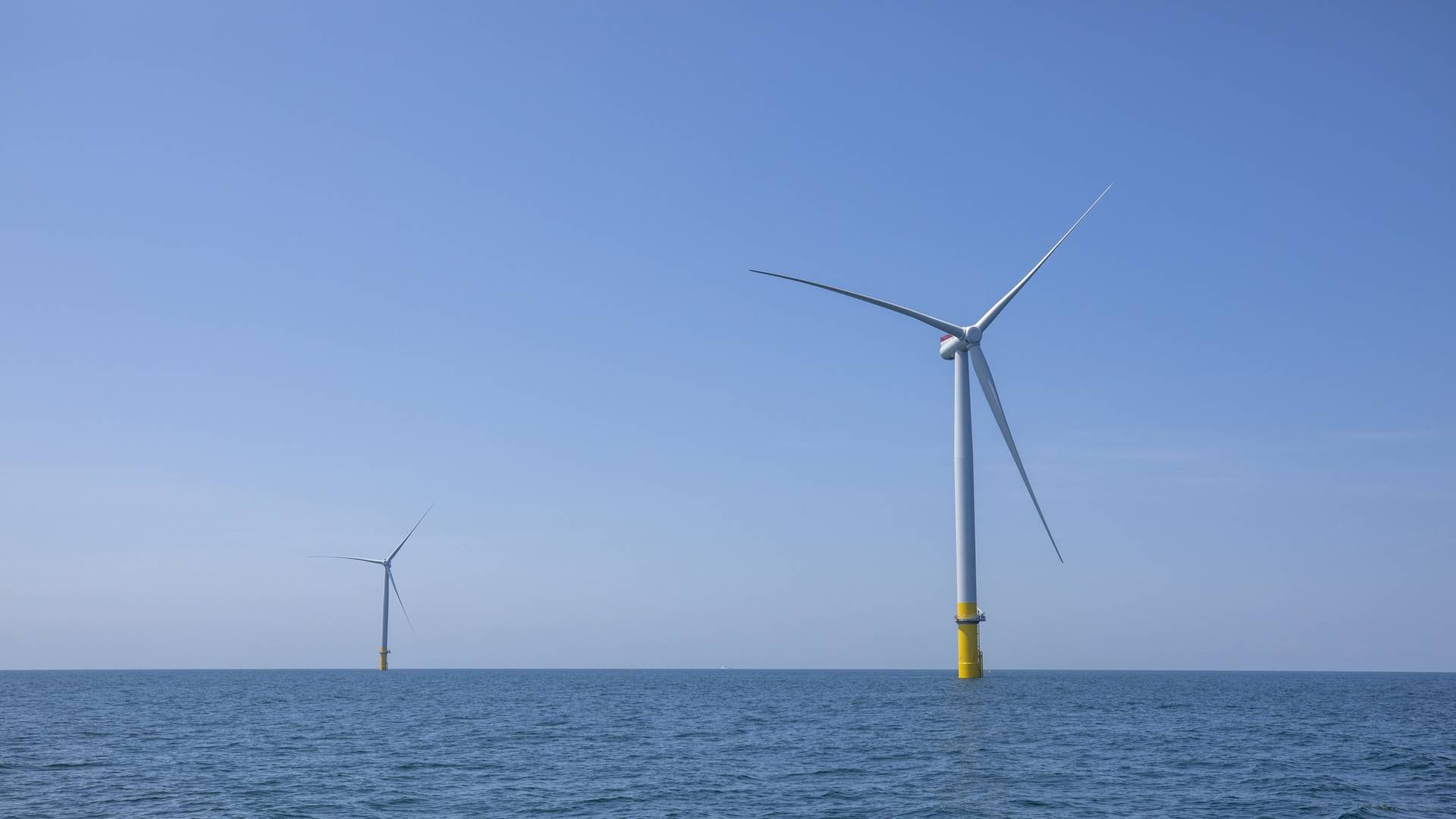
The US Production Tax Credit subsidy regime will continue to support wind turbine sales in the US during the period 2022-2025. However, the onshore wind market, forecast as excellent this year, will enter a lower level in 2023.
From that same year, the US offshore wind market will take over as the big driver of sector growth, says Feng Zhao, head of strategy and market development at the Global Wind Energy Council, in an interview with MarketWire at the WindEurope conference held this year in Bilbao, Spain.
In 2020, the US onshore wind market set a domestic record with 16.9GW installed, while last year only saw 12.7GW set up in the country.
More gigawatts pushed to 2022
”Despite the decrease, it was still one of the best years for onshore wind in the US. However, it was lower than our expectations, mainly due Covid-19 affecting the supply chain. So, roughly 4GW were postponed from 2021 to 2022,” Zhao says.
These 4GW will, on the other hand, bolster installation figures for 2022, with PTC also having a positive effect. Zhao underscores that projects that started construction from 2016 can still qualify for 100 percent PTC if network connection occurs this year.
”That means 2022 will be a fine year with around 11GW of onshore wind installed in the US. After that, we expect a decline in the market, mainly due to the phasing out of PTC. After the extension of the scheme in late 2020, PTC will, however, still support the onshore wind market until the end of 2025,” Zhao notes.
Sees opportunities despite absent PTC
After 2025, much will depend on the extent to which subsidies regimes are prolonged as proposed in US President Joe Biden’s Build Back Better infrastructure package, which was short a single decisive vote to be ratified by Congress.
Even without PTC after 2025, the GWEC analyst foresees a fine US onshore wind market. He notes that China halted its onshore wind subsidies in 2021 – and for offshore, too, this year, thus begging the question of whether the US might do the same in 2025.
”I imagine that onshore wind technology will improve even further by 2025. Without PTC, I’m still confident that the US, if it lives up to state-level plans and goals, will continue to grow in onshore wind,” Zhao projects.
Big pipeline at sea
Within offshore wind, the US is on the brink of a real breakthrough, and in a few years the nation will rank among the top three wind-at-sea markets globally.
”Offshore is another story. There’s an aggressive goal to have installed 30GW in 2030, and there’s along a strong pipeline on the state level,” Zhao comments.
The first commercial-scale project is set to commission in 2023, when GWEC forecasts a US offshore wind market totaling 800MW, while that figure is projected to rise beyond 2GW. In 2025 and 2026, GWEC predicts an annual build-out of nearly 4GW.
”Offshore will be a new driver of wind power growth in the US, and if things develop as planned, we see potential for the US becoming the third largest market after China and the US in 2026. That’s quite impressive,” says Zhao.
GE head of onshore wind: Very concerned about the industry ecosystem
Report: Wind industry in for higher costs due to ”perverse” market design
Squeezed offshore wind sector demands new tender design
Woodmac: The pipeline of offshore wind projects is booming
BNEF sees US offshore wind market accelerate from 2024

